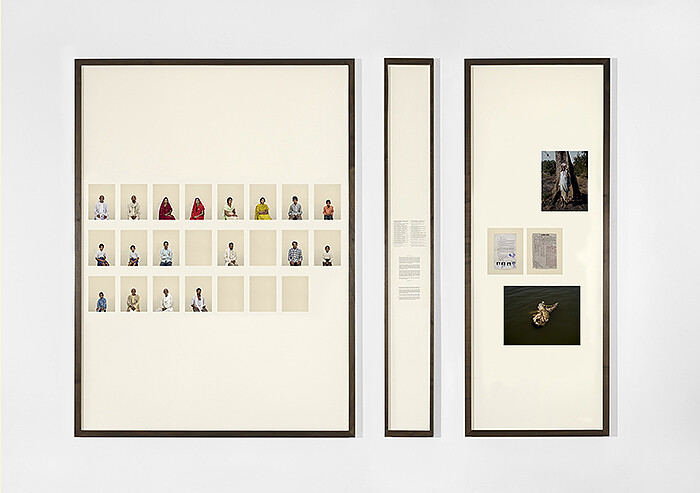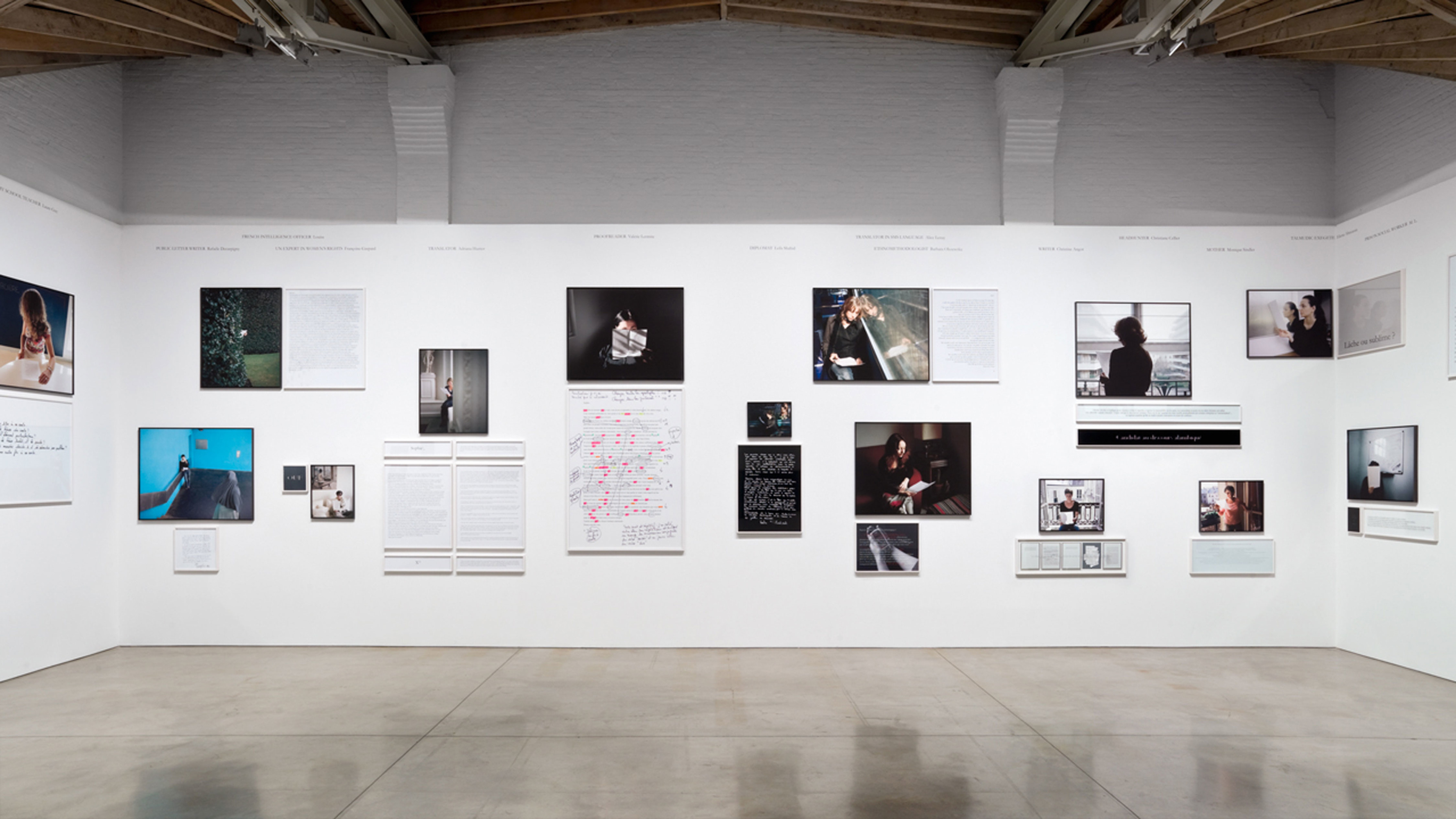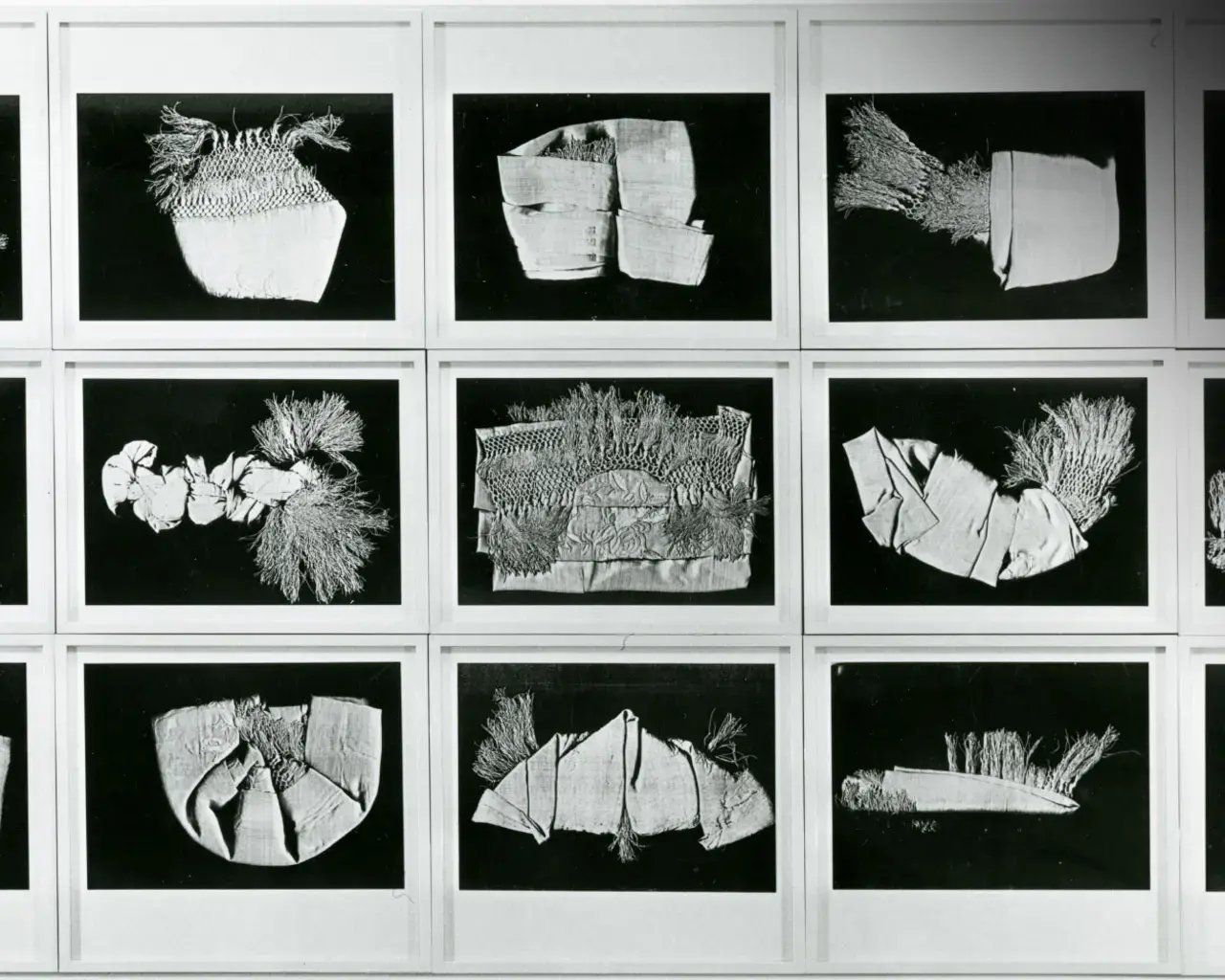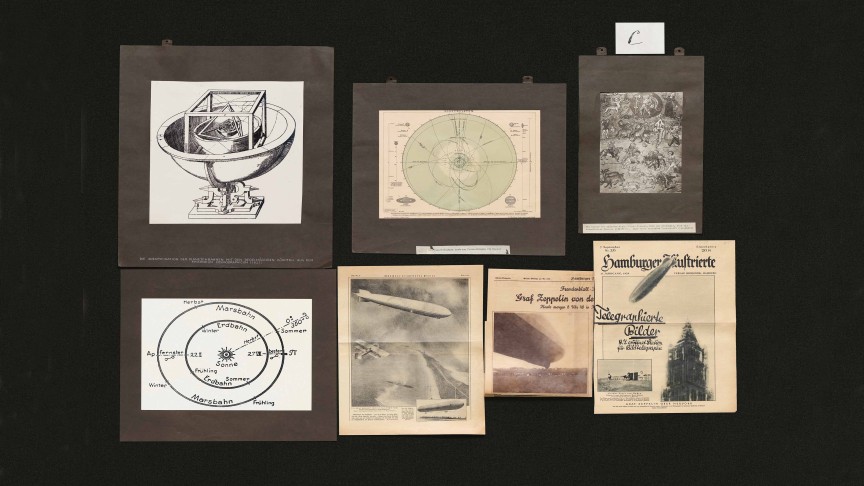April 30
→ Studio Week
Use the (class-) time to develop your final archive. You are required, however, to provide a quick update via email, or zoom, or in person during class time. If you want to meet on Zoom or in person, please let me know by Tuesday April 29th, at noon.
.
→ Introduction
Add your almost final introduction to your research document by April 29th. You can use a slide or speaker’s notes. You can use the questions collected in the document “Archive ⇄ Introduction” in our shared google drive to think about your project. These questions encourage reflection on the purpose, context, and history, as well as methods, techniques, dissemination, and audience considerations. As you respond, integrate references to two sources, such as articles, books, or works of artists or designers that have served as inspiration for your project. Weave these elements into a cohesive text spanning 500 words. Not all questions may be relevant based on the direction your final archive has taken.
.
→ Final Archive
Your final archive must include:
(1) at least 100 records (images, visuals);
(2) each record needs to have a caption;
(3) your introduction of at least 500 words incorporating references to at least two sources (articles, books, or the works of artists/designers that have served as inspiration for your project).
May 7
→ Final Presentation
Each of you will have 8 minutes to present your work, so make it an engaging experience for yourself. Choose a method that aligns with the essence of your work.
Consider how you’d like to set up the room, guide the audience’s focus on your work, and whether you’d appreciate any last-minute feedback or thoughts. While the option to use the projector is available, it’s not mandatory.
.
→ Documentation
Add the following slides to your research document:
—1—
1-2 images of a class experiment that were most inspirational to you.
—2—
1-2 images of a second class experiment that was inspirational to you.
—3—
A short abstract that introduces your archive. Up to 3 sentences.
—4—
Who is your audience and what insights will they gain?
—5/6/7—
Process Images
—8/9/10 (or more) —
A series of slides showing your final implementation. Make sure to have a variety of close ups and wide shots.
—final slide—
Conclusion/Reflection: What did you learn? What is the question you take away from this?





















